In this article, with the help of photos, we will learn about juniper pollen allergy (Genus: Juniperus or, Family: Cupressaceae). Also, we will learn how and when their pollen spreads.
Ashe juniper, or, Mountain cedar (Juniperus ashei) is one of the most notorious allergens in Texas. Its pollen generally brings misery during winter and is commonly referred to as “Cedar Fever”.
Although we do not have Ashe juniper in California, several other species of juniper thrive in the region.
Juniper tree allergy facts and figures (Juniperus)
| Juniper tree allergy profile | Juniperus |
|---|---|
| Pollen season | Winter and spring |
| Pollination type | Wind-transported; releases abundant pollen in the air |
| Gender | Dioecious: Separate male and female trees. Only male trees produce pollen. (Monoecious species do exist but they are an exception) |
| Cross-reactivities with other pollen | Other trees of the Cupressaceae or cypress family. |
| Pollen source | Tiny, 2mm long, brown or yellow male cones, which appear on the tip of the twigs during winter |
| Tree leaves | Short, scale-like, tightly packed around the twig |
| Tree fruit | Only female trees bear fruits, which are small berry-like cones. |
| Tree shapes and sizes | Medium-sized trees or bushes with twisty and pointy foliage, with twisty, gnarly tree trunks. |
How to know if a juniper is releasing pollen?
Juniper pollen is released by tiny male cones that start to appear on the trees or bushes in December. Once the cones mature and start to look darker brown, it is likely that the plant is releasing pollen.
The female juniper trees do not produce pollen, and thus, can not cause allergies. If you see berry-like fruit on the tree instead of brown or yellow cones, it is most likely a female tree.
For many trees, the cones appear on the higher branches first and it requires some effort to spot them.
Each juniper plant release pollen for a period of six to eight weeks.
When do junipers releases pollen?
There are several species of junipers and their pollination schedules are staggered. In the San Francisco Bay Area, the peak is generally observed in March, but their pollen hits our air samplers from December through May.
Juniper pollen under a microscope looks similar to that of cypress. Furthermore, medical literature consistently notes a cross-reactivity among juniper and cypress pollen. Meaning, if a person is allergic to one pollen of the family, it is likely that they will react to the other pollen as well. For these reasons, our weekly air sampling reports combine cypress and juniper pollen under one category.
Depending on the amount of rainfall and weather, the pollen season could differ slightly from one year to the next. This is why it is important to learn about allergy plants and their pollen.
However, if you live in the San Francisco Bay Area, you have an easier way out! I do regular tree inspections and air sampling in the area to provide reliable pollen updates on our website
PS: The cross-reactivity of cypress or juniper pollen is not well established with that of Redwood pollen.
What does the juniper pollen look like?
Juniper pollen looks a lot like a currency coin. Round, ~30 microns, with a warty surface with no furrows or pores.
The pollen is fine yellow powder but airborne individual grains are invisible to the naked eyes. As a result, during winters, all Northern California residents breathe in a lot of juniper pollen without ever seeing it.
What do juniper trees look like?
The trees have scaly leaves on a short needle-like twig. The canopy of the juniper trees generally has wiry, twisty, and pointy branches. Its trunk, or, trunks are generally gnarly and twisty as well.
Some of the juniper bushes lay low to the ground, but their scaly leaves are easy to recognize. If these bushes are constantly trimmed, they lose their twisty, pointy appearance.
Key takeaway
Juniper pollen of genus Juniperus belongs to the family – Cupressaceae. One of the members of this family – Mountain cedar, which grows mostly in central Texas, is implicated in allergies. Cross-reactivity is common in this family. As a result, people who have allergies to one type of juniper may react to the pollen of other trees of the cypress family.
To understand cross-reactivities better, read my pollen allergy guide.
Sources
References
- Allergy Plants by Mary Jelks, M.D.
- Plant identification terminology by James G. Harris and Melinda Woolf Harris (Second Edition)
- Sampling and indentifying pollens and Molds by E. Grant Smith
- The trees of golden gate park and San Francisco by Elizabeth McClintock PhD.
All pictures, unless otherwise credited to another source, are taken by the author and are copyrighted material. The pollen picture is taken in our aerobiology lab using an Olympus compound microscope. The use of pictures is permitted with a link back to the source page on the internet, or, an attribution to allerma.com on the printed material.


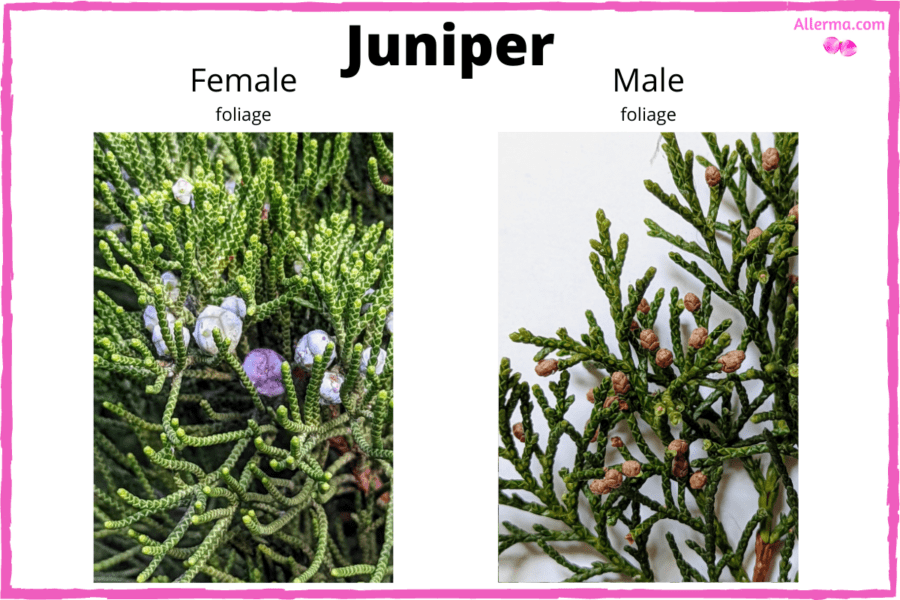
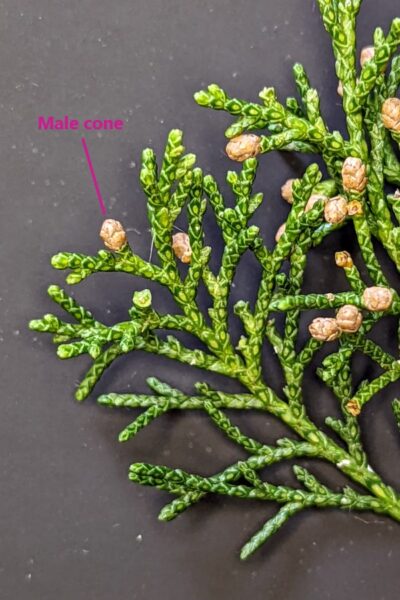
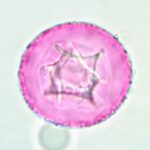

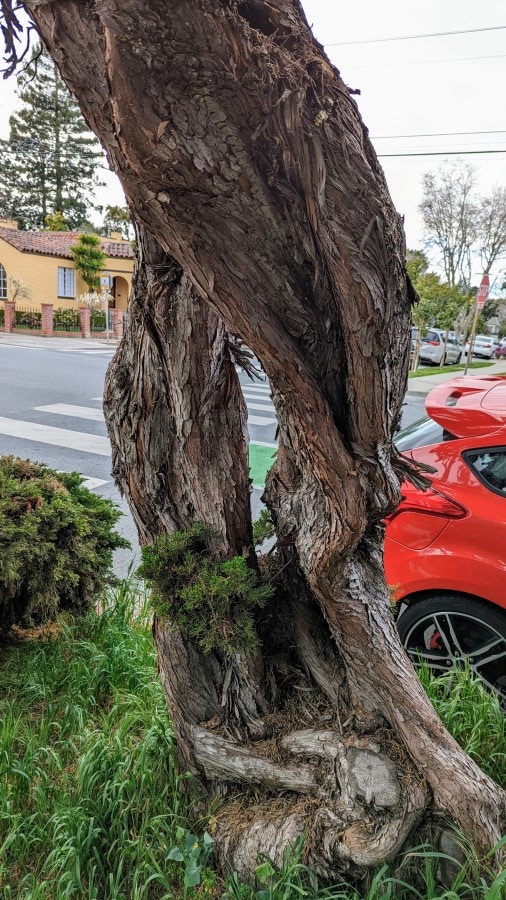

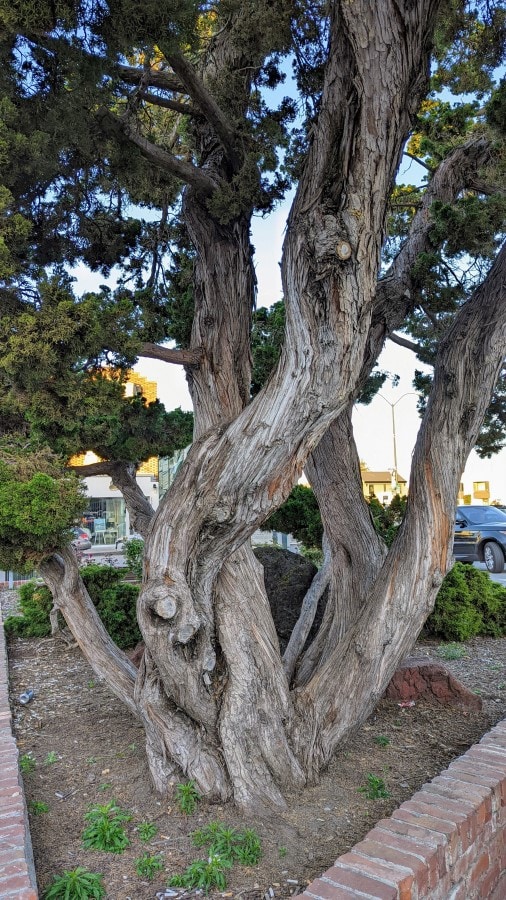

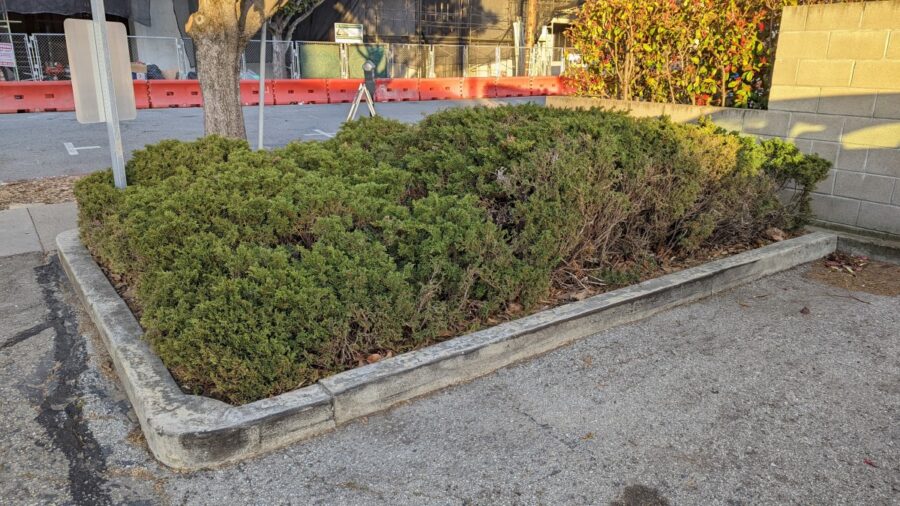
Thank you, I am so glad to know what is causing my allergies. I have about 15 juniper trees in my backyard !